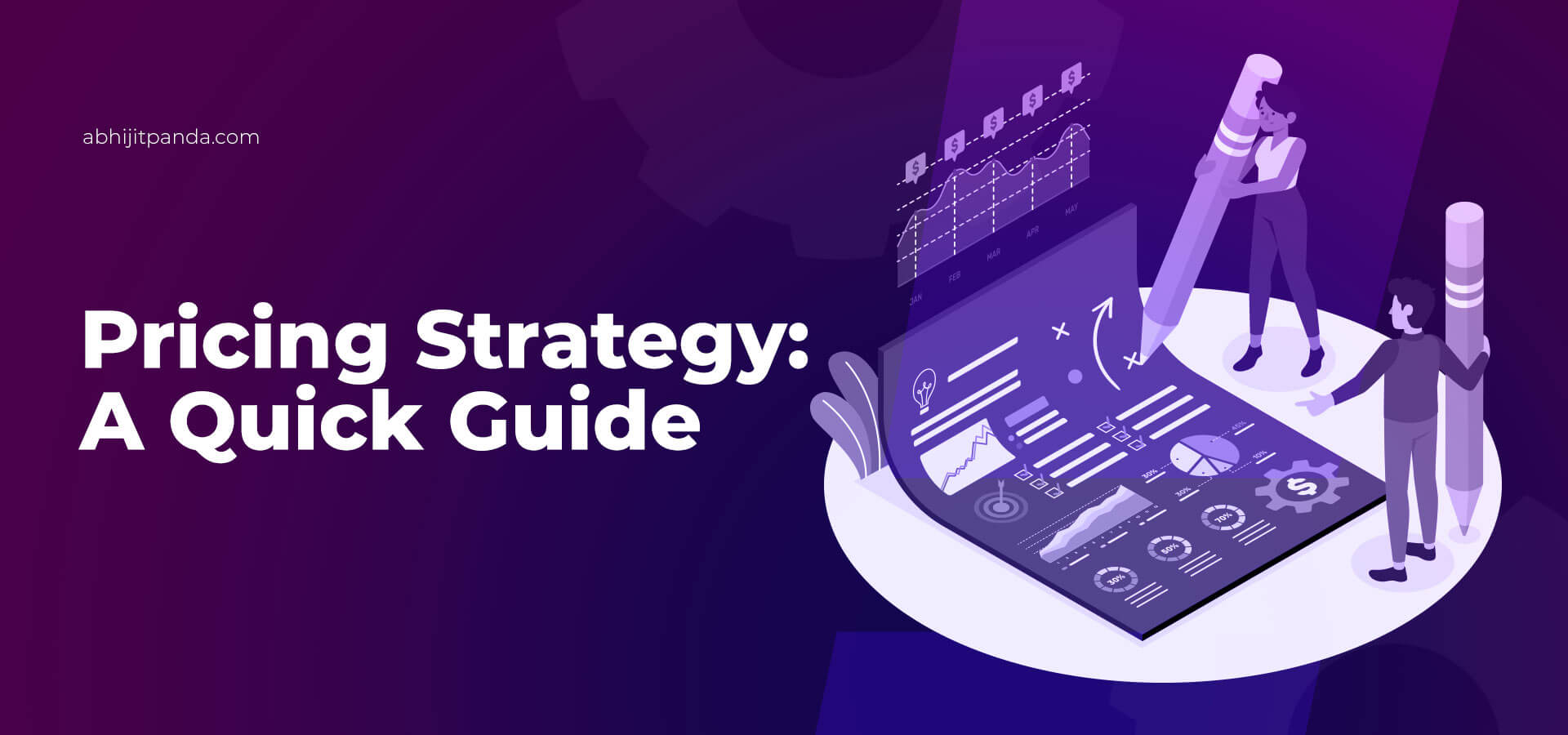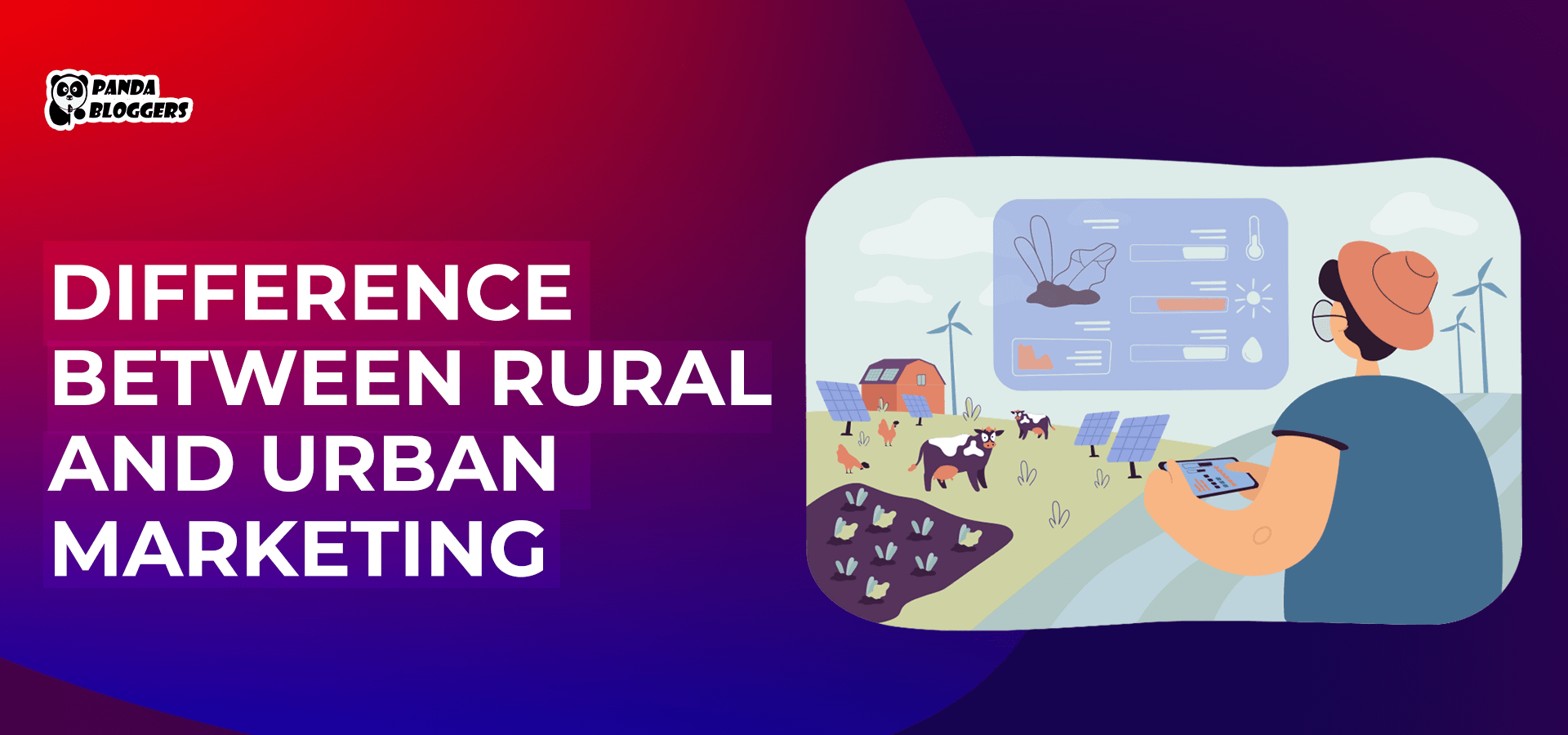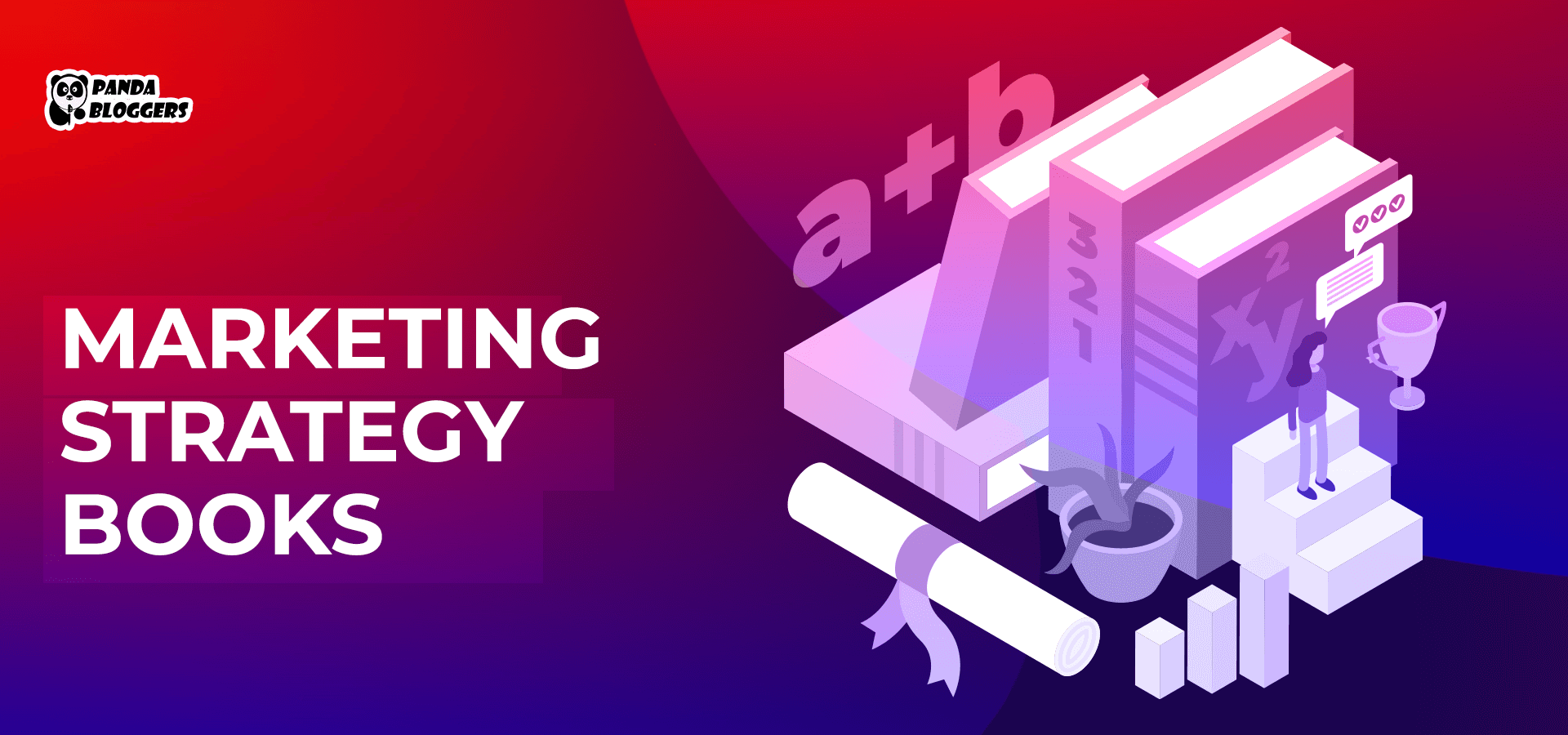 Types of Pricing Strategies in Marketing: A Quick Guide
Types of Pricing Strategies in Marketing: A Quick Guide
Your business can make a product or service accessible to more customers by offering it at a lower price. However, your business cannot maximize shareholders’ value and profits without offering the product or service at a higher price. Hence, you need to implement a tiered pricing strategy that maintains a balance between increasing demand for the product or service and maximizing the shareholders’ value or profits. While analyzing different types of pricing strategies, you must consider key factors like cost of production, the organization’s revenue goals, prices of competing products, price elasticity, brand positioning, and prevailing economic trends. You can consider various types of pricing strategies to determine the best price for a product or service.
But you must remember that the pricing strategies in marketing focus on a specific aspect like production cost or competition. Your pricing strategy must combine multiple types of pricing strategies to set a price that increases both sales revenue and profit without impacting the demand for your product or services. That is why; you must consider and evaluate some of the widely used pricing strategies.
14 Types of Pricing Strategies in Marketing You Must Consider to Set the Best Price for a Product or Service
1) Competition-Based Pricing
As its name suggests, the pricing model only considers the going rate or market rate for a product or service. You can easily increase demand for the product or service based on the prices set by competitors. You have the option to set the price the same, above, or below the price set by competitors. But you should not forget that the completion-based pricing model does not consider important factors like consumer demand and cost of production.
2) Cost-Plus Pricing
The pricing strategy emphasizes on determining the price of a physical product based on its production cost. You need to add profit as a fixed percentage of the product cost. Hence, you can increase shareholders’ value by increasing the profit margin. You must not consider the pricing model while determining the prices for services and digital solutions. Also, the approach ignores key factors like competitors’ prices and consumers’ demands. Here is a quick guide on cost-plus pricing and when to use it.
3) Dynamic Pricing
The flexible pricing model focuses on changing the price of a product or service from time to time based on changing market trends and consumer demands. Many businesses these days use analytics and algorithms to determine the price of a product or service based on real-time information like current demand, competitors’ pricing, and market trends. You can use AI-driven software solutions to keep the price of a product or service dynamic according to current demand and prevailing rate.
4) Freemium Pricing
The companies providing software services and solutions often opt for freemium pricing. As its name indicates, the freemium pricing model allows customers to download and access a basic version of the product for free. But the customer needs to upgrade to avail advanced and new features of the digital product. You can leverage the pricing model to persuade the users to upgrade after gaining their trust. Also, the pricing strategy allows you to increase the price regularly by adding new features and offering more benefits.
5) High-Low Pricing
The pricing strategy focuses on driving sales of a product by offering discounts. When you adopt the high-low pricing strategy, you can set the price of the product high initially. But you have to give attractive discounts on the initial price when the demand for the product starts declining. Many retailers these days adopt a high-low pricing model to boost the sale of seasonal products and existing stock. They even organize big discount days regularly to sell the products at discounted prices.
6) Hourly Pricing
The pricing model is suitable only for professional and business services. Many lawyers, consultants, freelancers, and contractors these days charge clients at hourly rates. The clients can leverage the pricing to pay for the duration of services availed by them. However, the pricing model considers only efforts and does not consider efficiency. Many professionals have to increase the hourly price to earn more by leveraging their experience and expertise.
7) Skimming Pricing
You can adapt the skimming pricing strategy to offer innovative and fresh products to customers at higher prices. But you need to reduce the price of the product gradually as the consumer demand declines. Many companies adopt this pricing model to increase profits by offering new models of devices and gadgets at higher prices. You must remember that the pricing model often impacts the reputation of a brand adversely as the existing customers recognize the additional and fake pricing margin.
8) Penetration Pricing
Many businesses adopt the penetration pricing strategy to acquire more customers for a new product or service. They allow customers to avail the product or service initially by paying lower prices. However, businesses increase the price of the product or service as consumer demand surges. New businesses and startups often opt for the pricing model to acquire customers by beating the competition. However, established businesses avoid the penetration pricing model to prevent revenue loss in the long run.
9) Premium Pricing
Many businesses adopt this pricing strategy to set a higher price for a product or service by marketing it as luxury, premium, exclusive, rare, or high-value. They promote the product or service by targeting potential customers who are willing to pay more to boost their status without considering the actual cost of a product. However, you can leverage the pricing model to drive sales only after establishing your business as a brand that launches products or offers services that provide both value and prestige to customers. However, the new businesses cannot adopt the premium pricing strategy to persuade prospects to pay more.
10) Project-Based Pricing
Unlike hourly pricing strategy, project-based pricing strategy makes the client pay for a project or assignment regardless of the time and effort put in by a professional. Many freelance professionals and business service providers these days adopt project-based pricing strategies to charge a flat fee for the entire project. The pricing model allows professionals to increase prices according to the complexity, value, and requirements of individual projects.
11) Value-Based Pricing
The pricing strategy considers what the customers are ready to pay for a product or service. Businesses use advanced analytics to understand the needs, expectations, and buying habits of customers based on real-time data collected from various sources. The actionable data help decision-makers to set a price that customers are ready to pay. Some businesses adopt the value-based pricing strategy to offer the same product or service to different customers at different prices. The pricing models help businesses to meet customer expectations and promote customer loyalty.
12) Bundle Pricing
You can adopt the bundle pricing model when you are offering complimentary products as a bundle. You can allow customers to buy a specific product individually or as a component of the bundle. However, the customer can save money by buying the product as a component of the bundle. The pricing strategy helps you to increase sales revenue by selling multiple products simultaneously as a bundle. Also, you can easily create a customer base for complementary products.
13) Psychological Pricing
The pricing strategy makes you target customers’ psychology while setting the price for a product or service. Businesses target the psychology of customers in a variety of ways while setting the price. Some companies make customers feel that they are availing of a deal by setting the price of a product at $9.99 instead of $10. At the same time, many businesses persuade customers to buy an expensive product by offering discounts while they place an order for a less expensive product. The real-time data collected through analytics helps you to finetune the psychological pricing strategy by changing key aspects of the pricing information – font, color, and size.
14) Geographic Pricing
The pricing strategy allows you to set multiple prices for a single product according to the targeted market or geographic location. Many multinational companies adopt the geographic pricing strategy to sell the same product at higher prices in high-income countries. They reduce the prices of the product while launching in middle-income or low-income countries. You can opt for this pricing model to make your product accessible to customers across geographic locations according to their ability to pay.
Creating a well-planned pricing strategy is as important as creating a sales or marketing strategy. While determining the price of a product or service, you can consider different types of pricing strategies. But you must remember the pricing strategies complement each other. Your pricing strategy must combine multiple pricing strategies to increase sales and profits while keeping the product accessible to more customers.
This blog was republished in May 2024.









Leave a Reply